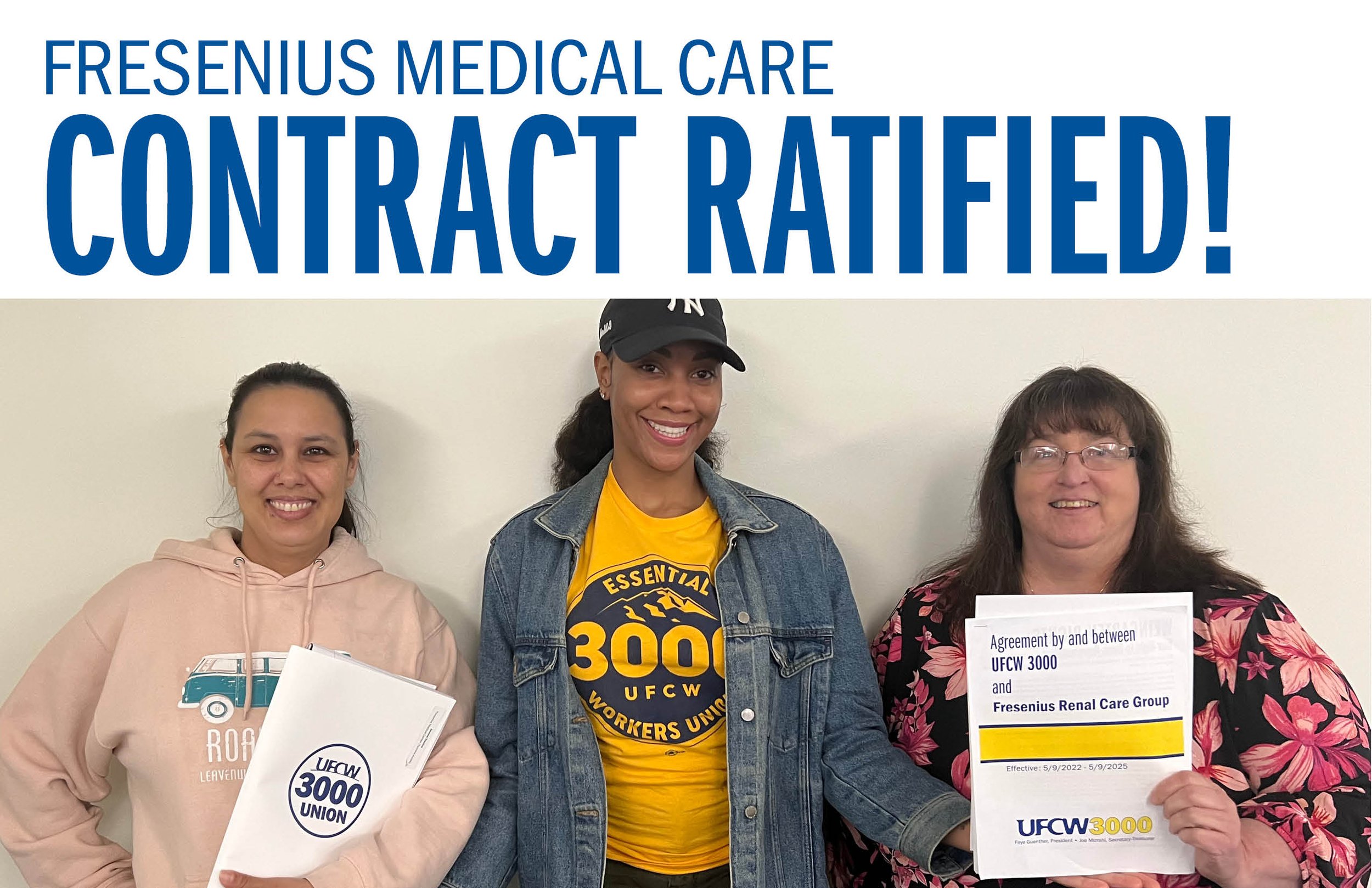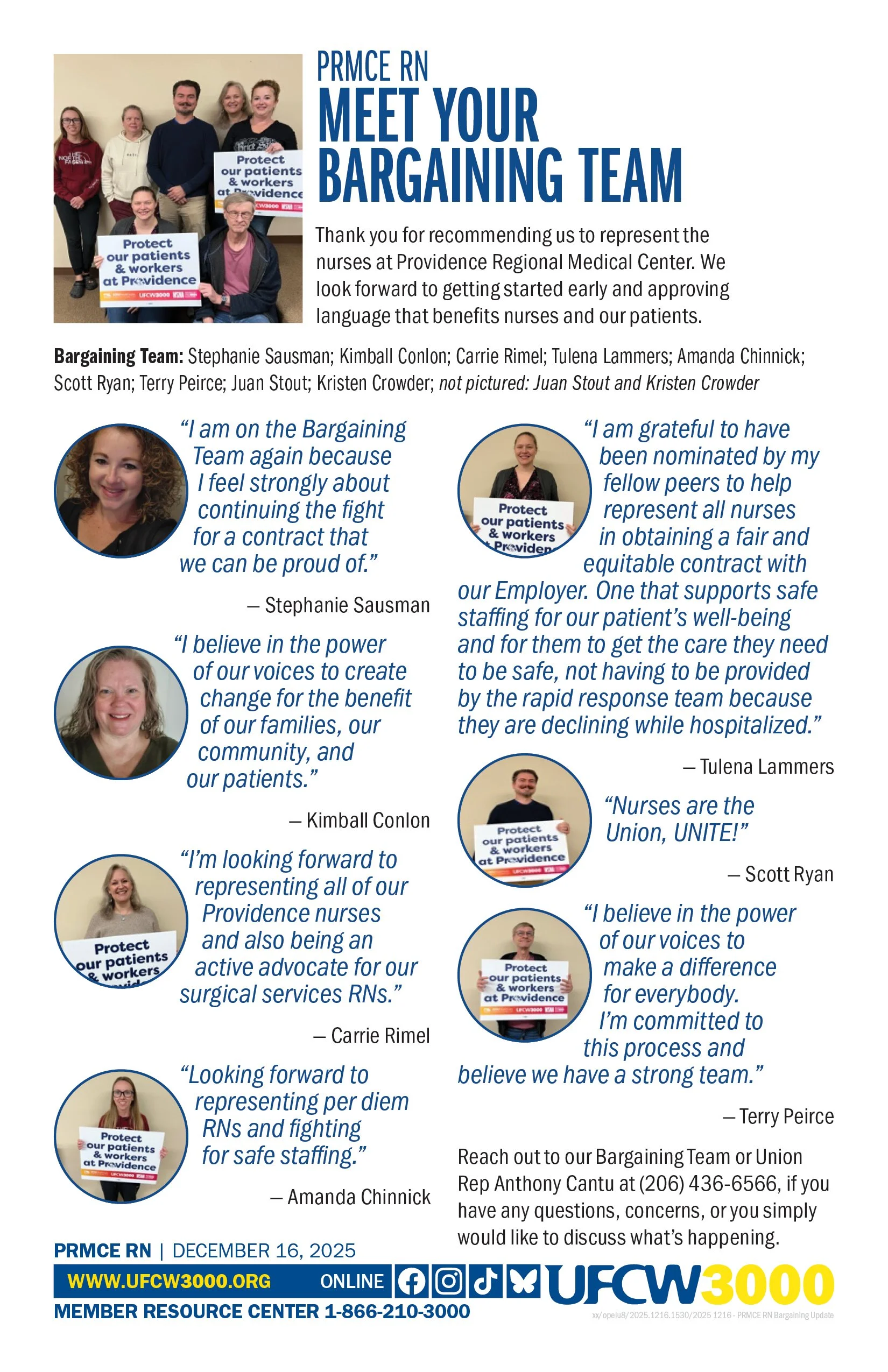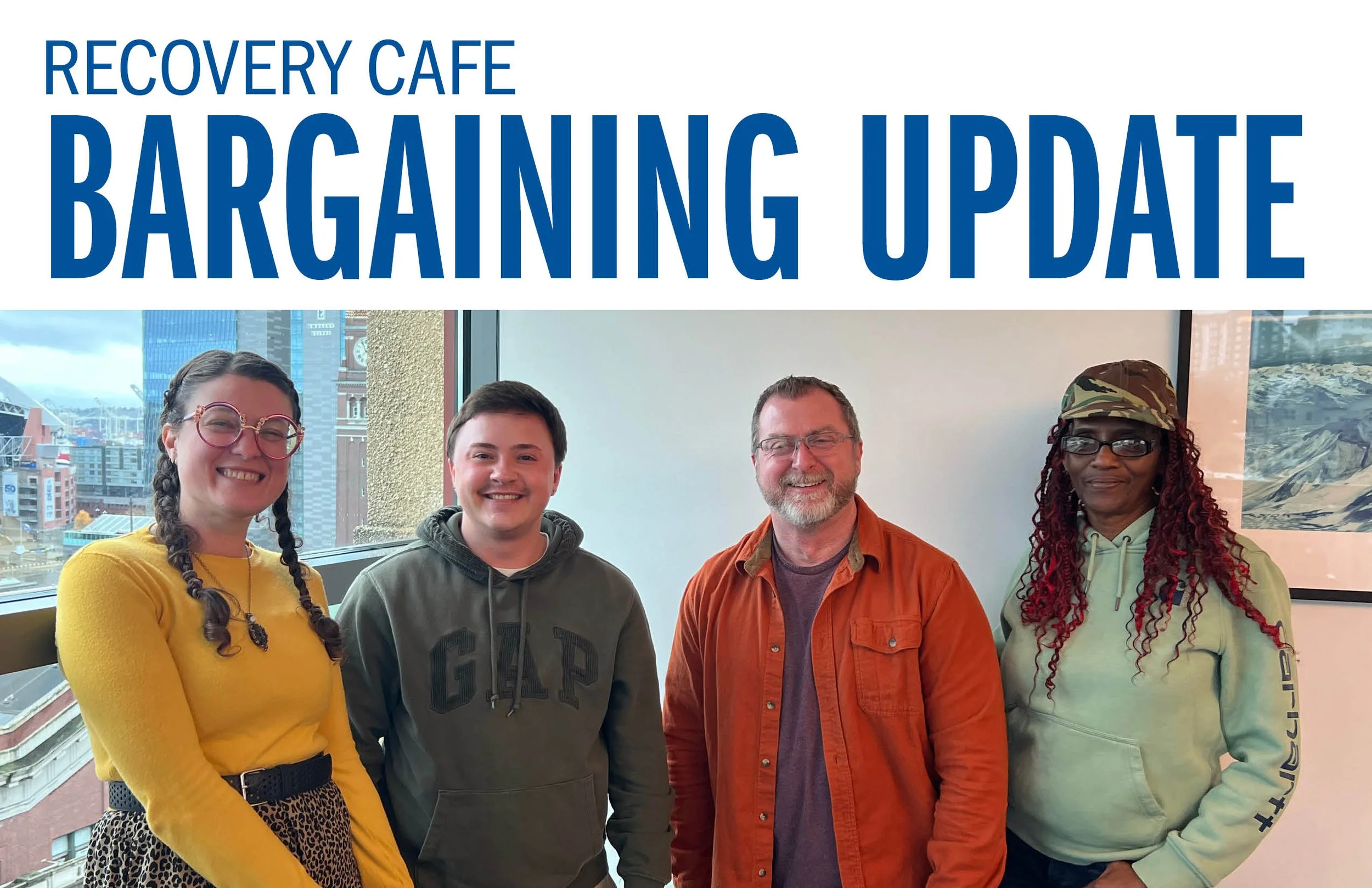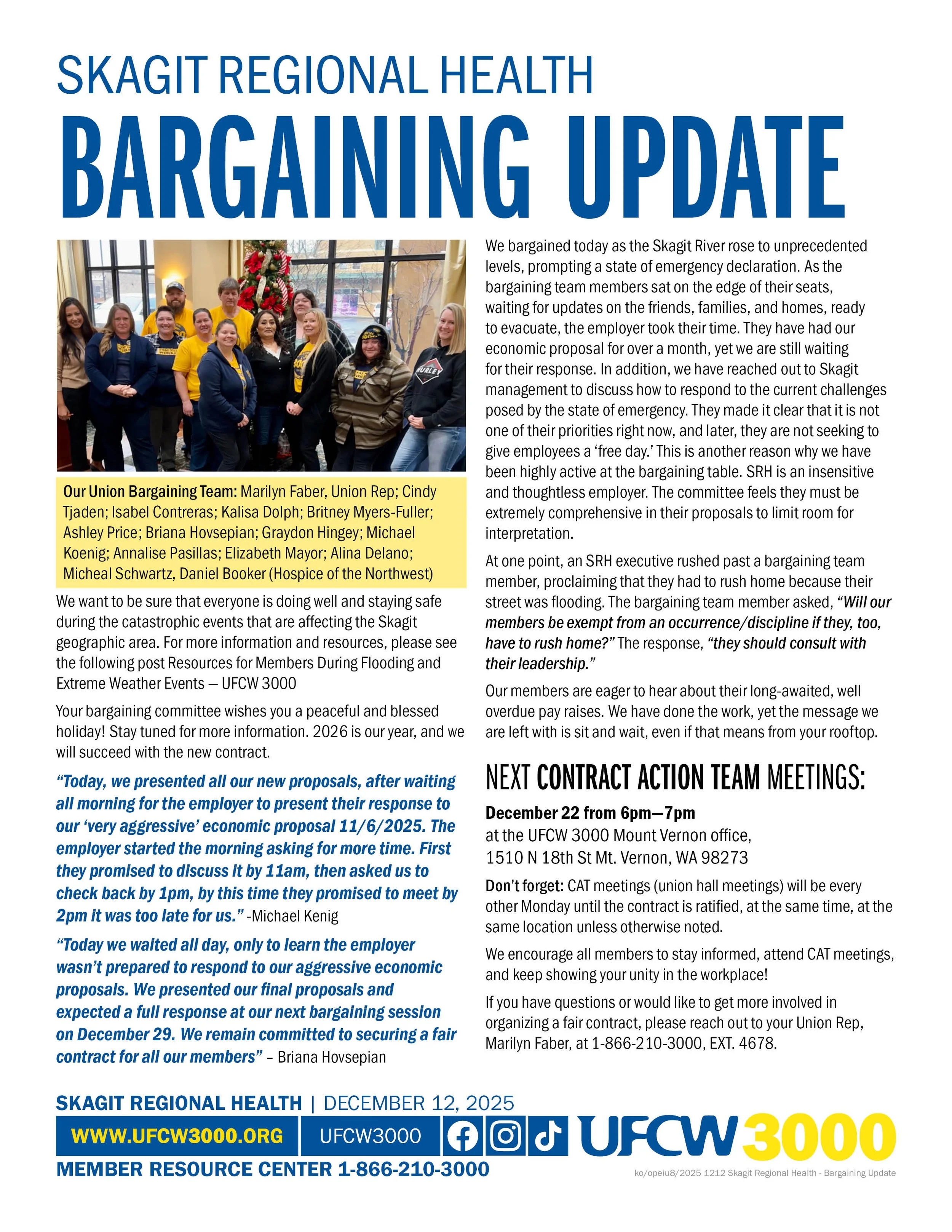WATCH: Four Tips to Promote Wellness and Increase Longevity
/
Especially given the times and challenges we face, I'm thankful we have time together every month to discuss all matters related to health and wellness as part of our ongoing “Healthy Conversations” series that launched in May of this year.
Last month, we were lucky to have Dr. Mariko Harper, a leading cardiologist based at Virginia Mason Franciscan Health, join us as we discussed approaches to leading a long, healthy life.
Here are the major takeaways from that discussion:
Heart Health Is Your Wealth
Visit a medical provider once a year (at least), even if you feel well: 40% of adults have undiagnosed high cholesterol, and nearly 60 million adults have undiagnosed high blood pressure. They often feel well until they do not. Getting a cholesterol test and getting your blood pressure measured at least once a year starting at age 20 is well worth the few hours in time investment. Often, it can mean a massive difference in how long you’ll live, since catching illness early and treating it early means healthier, longer life spans.
Ask your medical provider about a Coronary Calcium CT Scan if you are 40 years of age and have risk factors for heart disease, such as high blood pressure, high cholesterol, diabetes, or a family history of heart disease. This test is a type of CAT scan that allows for direct visualization of the arteries providing blood to your heart and will highlight areas of plaque that could cause blockages and might need treatment.
Ask about Sleep Apnea
Too many people suffer from poor sleep. While the causes can be many, one thing too many Americans suffer through is undiagnosed sleep apnea. This is where you often wake up in the morning groggy after a poor night of sleep because your windpipe doesn’t stay fully open. Usually, affected individuals are told they snore often by a partner.
Left untreated, sleep apnea can worsen sleeping habits and cause heart and lung problems. Some estimates suggest nearly 30% of US adults have undiagnosed sleep apnea, so it's important to be vigilant and ask for help if this could be you.
Consider a Smart Watch or Ring
Health devices are expensive, but if you own one already or you are thinking about purchasing one, do take full advantage of their health-monitoring capabilities. I like trending my heart rate and step counts, both of which can be useful to give a sense of overall health and wellness.
Trending heart rate can tell you a lot about your overall cardiovascular health. If you’re noticing your resting heart rate is lower, it might mean you are getting more aerobically fit. On the contrary, if your resting heart rate trend is higher over a sustained period (at least a week), then it could suggest deconditioning. Watching what your heart rate is doing at rest and with activity over time is a great way to understand how physically “fit” you are. Ideally, heart rates should remain low (70-80s) with light activity, like walking on a flat surface. Moderate activity for someone in good physical condition should increase your heart rate by about 2 to 2.5 times your resting heart rate.
Avoid Spending Money on Full-body MRIs
Full-body MRIs and other new health tests may overpromise and are likely to underdeliver — at least for now. These technologies are simply too early and unproven to take very seriously — again, for now. Let some time pass and allow better data to be gathered on their effectiveness before you spend your hard-earned money on these unproven tools.
We look forward to seeing you at our next town hall on July 29th! RSVP here.
Thank you for the trust as always,
Vin









































